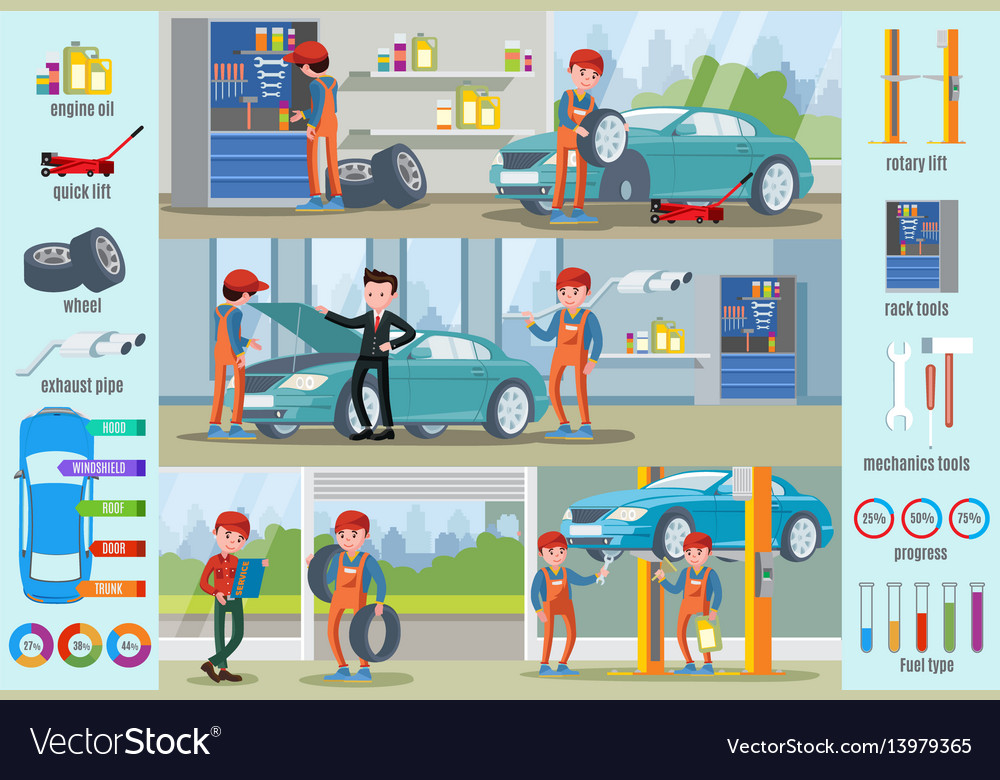Assessing Your Car'S Caution Indicators: What They Actually Communicate
Assessing Your Car'S Caution Indicators: What They Actually Communicate
Blog Article
Web Content Author-Higgins Torres
When you're behind the wheel, those radiant caution lights on your control panel can be a little bit difficult. Do you know what they're attempting to inform you regarding your car's health? Comprehending the value of these lights is important for your safety and the longevity of your car. So, the following time one of those lights turns up, wouldn't you want to decode its message precisely and take the required actions to address it?
Common Caution Lighting and Interpretations
Identify typical warning lights in your vehicle and understand their definitions to make certain safe driving.
The most regular warning lights include the check engine light, which indicates issues with the engine or exhausts system. If this light begins, it's crucial to have your automobile checked immediately.
The oil pressure warning light shows reduced oil stress, requiring immediate interest to avoid engine damages.
A blinking battery light might suggest a defective billing system, potentially leaving you stranded otherwise addressed.
The tire stress monitoring system (TPMS) light notifies you to reduced tire pressure, impacting automobile stability and fuel effectiveness. Disregarding https://brakepads18495.blogripley.com/30809329/recommendations-on-exactly-how-to-select-a-reliable-auto-repair-service-facility-in-your-area could cause harmful driving conditions.
The abdominal muscle light indicates an issue with the anti-lock braking system, jeopardizing your capacity to stop promptly in emergencies.
Lastly, the coolant temperature level advising light warns of engine getting too hot, which can cause extreme damages otherwise resolved promptly.
Comprehending these typical caution lights will assist you deal with problems promptly and maintain safe driving conditions.
Relevance of Prompt Focus
Comprehending the usual caution lights in your cars and truck is only the initial step; the importance of immediately attending to these cautions can not be highlighted sufficient to ensure your safety and security when traveling.
When a warning light brightens on your control panel, it's your car's means of interacting a prospective problem that requires interest. Disregarding these cautions can lead to extra extreme troubles down the road, endangering your safety and security and potentially costing you much more out of commission.
Trigger attention to cautioning lights can avoid breakdowns and mishaps. As an example, a blinking check engine light can suggest a misfire that, if left neglected, might create damages to the catalytic converter. Resolving find more can conserve you from a costly repair.
Similarly, a brake system warning light could signify low brake fluid or worn brake pads, vital parts for your security when driving.
Do It Yourself Troubleshooting Tips
If you notice a caution light on your dashboard, there are a few DIY troubleshooting suggestions you can try before looking for professional help.
The very first step is to consult your auto's guidebook to recognize what the particular warning light suggests. Sometimes the problem can be as basic as a loose gas cap activating the check engine light. Tightening the gas cap may deal with the issue.
An additional typical problem is a reduced battery, which can set off various advising lights. Inspecting the battery links for rust and guaranteeing they're secure could repair the issue.
If a caution light lingers, you can try resetting it by detaching the automobile's battery for a few mins and then reconnecting it. Additionally, checking your car's fluid degrees, such as oil, coolant, and brake fluid, can aid repair cautioning lights connected to these systems.
Verdict
In conclusion, comprehending your car's caution lights is necessary for keeping your lorry running smoothly and safely. By without delay attending to these informs and knowing what they suggest, you can avoid pricey repair services and prospective breakdowns.
Remember to consult your auto's guidebook for certain information on each cautioning light and take action accordingly to guarantee a trouble-free driving experience.
Keep informed, stay safe when traveling!
